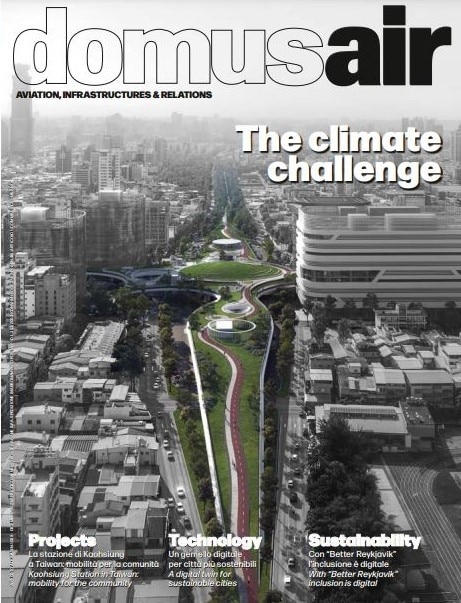The virtuous link to climate change objectives of many product and service sectors, and perhaps even lifestyles, is weighed down by the imbalance between the strong communication of looming threats and the too weak promotion of positive achievements. Among the risks arising from this imbalance are the low collective motivation to do something everyday for the climate and the consequent fatigue of both the public and the private sector in investing the resources that are needed.
Both phenomena lead to a greater focus of the green economy on products rather than on processes, the former being easier to incentivise also because of the commercial appeal, the latter more complex and costly to develop and implement. From mobility to energy, from urban planning to construction, the examples are many. Weighing the specific contribution of a particular choice in favour of the climate as too small, compared to what is happening around, and having to face immediately higher costs against benefits visible only in the long term, we often opt for the traditional solution with the greatest impact on the environment. If we had more visibility and more awareness of what is being achieved, much more and better could be done.

The 1.5-degree warming limit, which experts claim is peremptory, can only be reached with manic, collective and global involvement on every fraction of a degree, and motivation towards this goal must therefore be extended and shared. At the event organised at Bergamo airport, DomusAirON: Airports Inspire Cities, which took place in the new hangar with its unprecedented large-light wooden roof, the results of both the airport manager’s patient work in progress on the sustainable adaptation of infrastructures and operating models, and the capacity and articulation of skills, rules and vision of the airport industry and, looking wider, of the entire air transport industry, became clear.
Aligned and all-round commitment of all players in the supply chain towards Net Zero, aspiration towards increasingly ambitious goals that require disciplinary integration and innovation in rules, physical and digital technologies, training and finance, make the aviation sector a model that can be replicated in different areas of the city and territory. As written in the pages of this issue of DomusAir, this position of aviation, put under increasing pressure by the need for mandatory targets, applies to several objectives in the fight against climate change.
The most important of them all is paradigmatic: electrification of consumption is a crucial target for lowering temperatures, and airports are champions thanks to the most complete spectrum of actions, including technologies and processes, that highlight both the reduction of energy use and the possibility of in-situ production from renewable sources, for internal airport consumption, to power aircraft in the future, and for the territory that hosts airport infrastructure. Airports as energy and service production hubs, by optimising the use of land, resources and process management, are one of the most effective and scalable representations of how we should work to turn the climate around.


